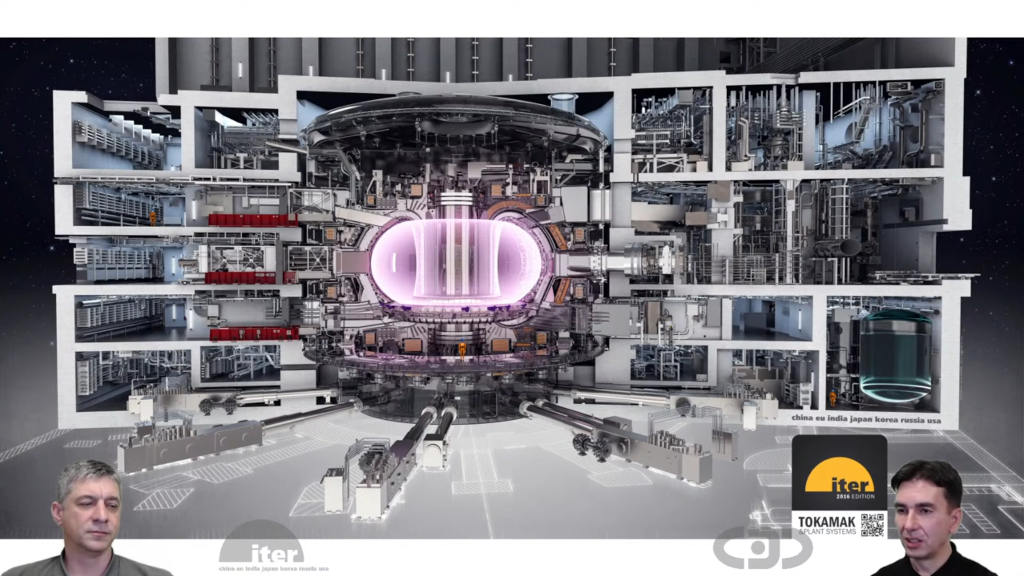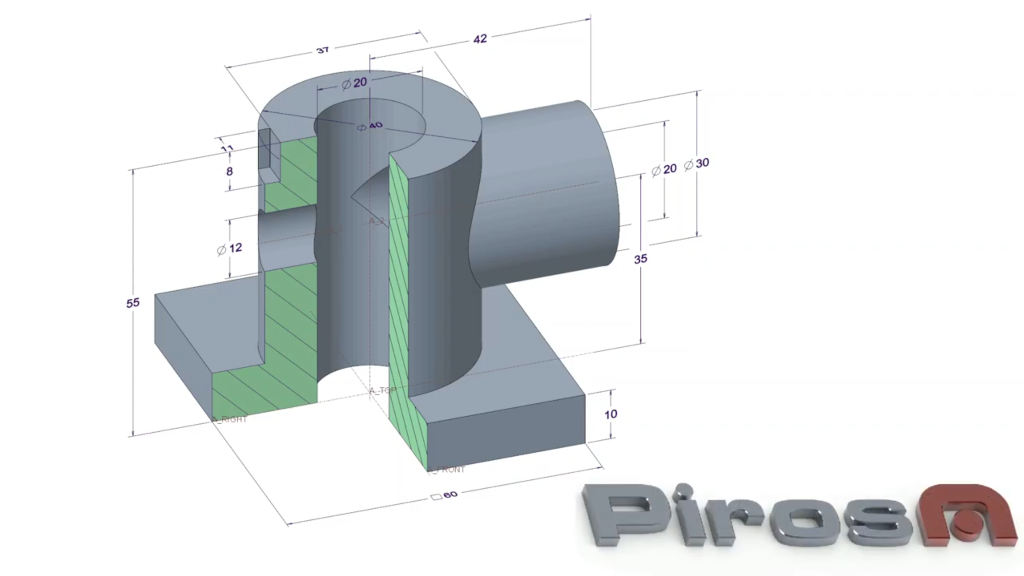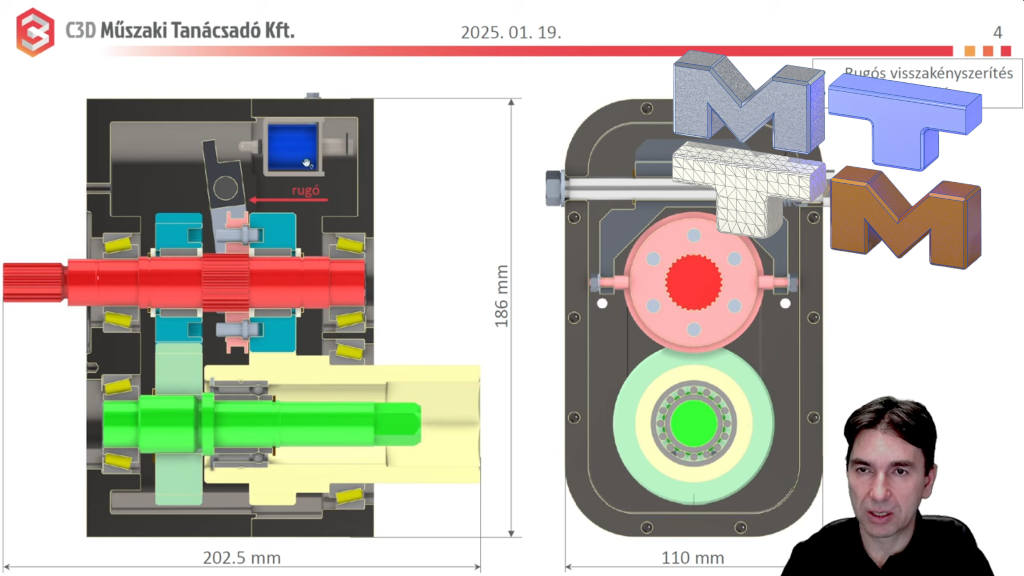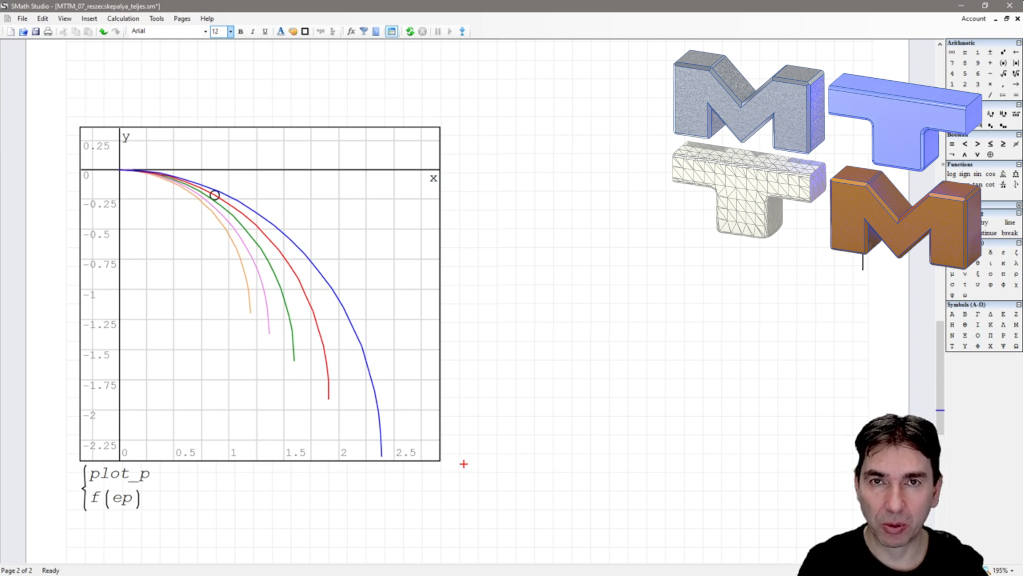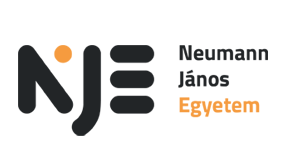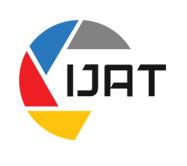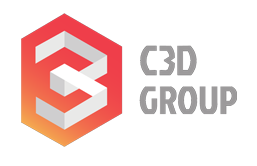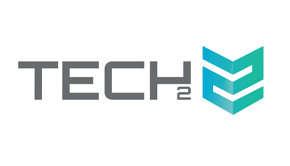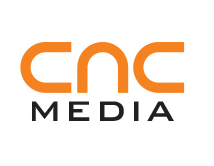Kedden este 20:00-kor live Tech2 Lacival! Kövesd a pirosac3d YouTube-csatornát, és ne maradj le!
Mérnökök a tudományban
Tudomány a mérnökségben
2025. 12. 11.
YOUTUBE LIVE TECH2 LACIVAL
Kövesd online az MTTM zárórendezvényét.

pirosac3d
YouTube-csatorna
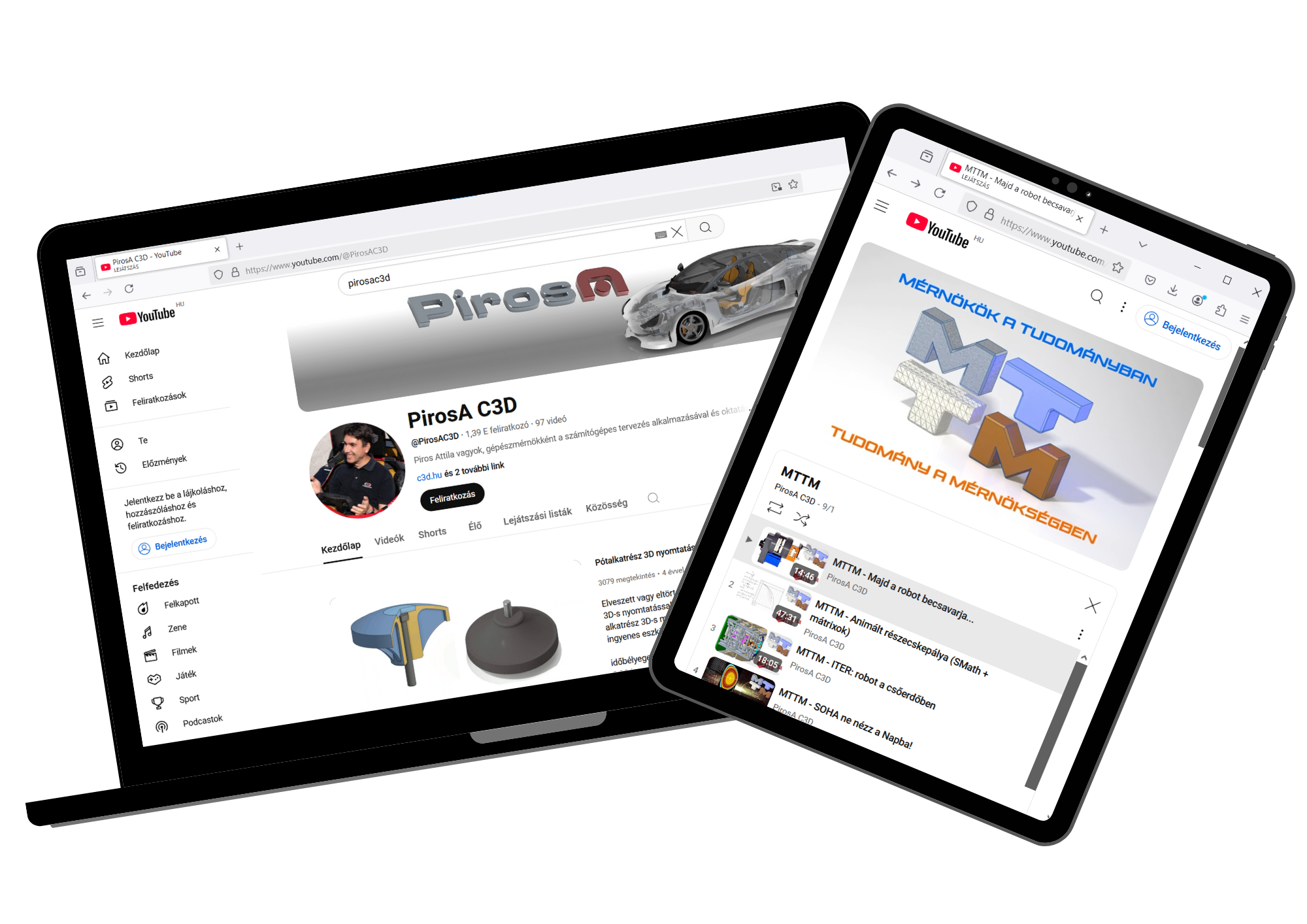
Legnépszerűbb tartalmak
Legfrissebb tartalmak
PIROSAC3D × NJE
MTTM
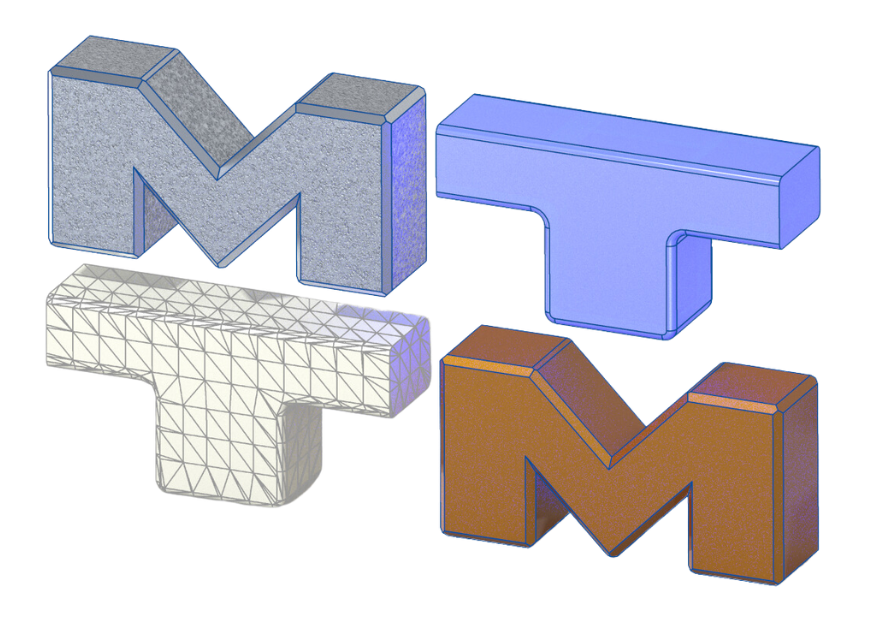
Publikációk
Böngéssz a nyilvánosan elérhető tudományos publikációk között!
Az ingyenesen is elérhető tudományos cikkek hiteles, megbízható forrásai a tudomány legújabb eredményeinek.
A ScienceDirect oldalain elérhető keresővel könnyedén megtalálhatjuk a minket érdeklő tudományágban elérhető nyilvános cikkeket.
Port Cell (PC) rooms in the ITER tokamak building host the devices required for the Port Plugs operation and provide connection to services. During Plasma Operation State, the Vacuum Vessel ports sealing interface provides vacuum tightness and first confinement barrier as essential functions. When a Port Plug needs to be replaced or maintained, this significant sealing component must be removed and reinstalled. The general strategy for this operation has been reviewed resulting in modification proposals to address the requirements for static and dynamic confinement and management of radiation considering the ALARA (As Low As Reasonably Achievable) approach. As Dose Reduction Measures (DRM), additional provisions have been proposed to ensure a robust confinement control during the machine shutdown operation. They mostly consist in an airlock that allows the extension of the first confinement barrier equipped with specific handling equipment to perform human-assisted operations on the sealing flanges. In particular, this paper presents the study carried out in TBM dedicated PC during the conceptual design phase of the maintenance cabin airlock and the handling tools by means of Virtual Reality (VR). VR techniques allow working with virtual prototypes at full scale from the early design stage to ease the design process and the concepts validation with important results concerning the assessments of accessibility issues. The study describes also the outcomes of the VR studies and explains how VR can be an effective instrument to conduct integration studies with complex kinematics and human access operations in the execution of the engineering validation process.
The objective of ITER project is the demonstration of the scientific and technological feasibility of fusion energy. Tritium fuel is required for the fusion reaction in DEMOnstration reactors and future commercial reactors but it is not available in nature because of its instability. To investigate tritium breeding self-sufficiency, two equatorial ports in ITER are dedicated to operating test blanket modules (TBMs) using the TBM Port Plug (TBM-PP). The TBM-PP design should be investigated with the physical mock-ups to validate the leak tightness in the primary vacuum boundary and to ensure TBM replacement and refurbishment compatible with Remote Handling (RH) operations in the ITER Hot Cell Facility during the ITER lifetime. This paper summarizes the achievements on the two most relevant R&D topics as described herewith. Several TBM-PP components (i.e., back parts of the TBM-Frame, the Dummy-TBMs, the TBM-Shields, and the TBM feeding pipes) are part of the vacuum boundary implying that these components are Vacuum Quality Classification (VQC) 1A. To test and develop high vacuum sealing for the TBM-Frame flange and the TBM-Set or Dummy-TBM flange, the ITER Large Seal Test Rig (LSTR), and metallic gasket seals for the TBM application have been manufactured and installed in the ITER site. The helium leak tests were performed at different operating temperatures to investigate the vacuum performance of metallic gasket seals with VQC 1A. The TBM-PP design shall guarantee the feasibility of a rapid replacement and refurbishment compatible with ITER Remote Handling (RH) operations by using RH tools in the Hot Cell Facility during the ITER’s lifetime. Therefore, an experimental program has been performed to demonstrate the feasibility of the critical RH refurbishment tasks including the insertion and removal of TBM-Set/Dummy-TBM and the RH bolting.
In the European strategy, DEMO is the intermediate step between ITER and a commercial fusion power plant. In this framework, one of the goal of DEMO is to be a Breeding Blanket test facility. The Breeding Blanket, which is not present in ITER, is one of the key components for the future deployment of nuclear fusion electricity as it accomplishes the functions of tritium breeding and nuclear to thermal power conversion.
Due to time constraints lead by the construction schedule of DEMO, a new strategy to consider in DEMO a “driver” Breeding Blanket that needs limited technological extrapolation has been chosen, while “advanced” Breeding Blanket concepts will be tested in the next phases. In this context, ITER will allow to test technologies to provide relevant contributions in terms of Return of eXperience to the DEMO “driver” Breeding Blanket project by the mean of Test Blanket Modules (TBM) to be installed in different ITER Vacuum Vessel Ports.
Among the possible “driver” Breeding Blanket, the Water Cooled Lithium Lead (WCLL) concept comes out. In this framework, a realignment of the DEMO Breeding Blanket and TBM programs has started in 2017, leading to a new TBM development relevant of the DEMO WCLL BB. The WCLL TBM is therefore an essential component in ITER that will provide crucial information for the development of the DEMO “driver” blanket.
This paper aims at presenting the development process and design status of WCLL TBM. After recalling the main features of the WCLL TBM, conceptual design analyses are presented and discussed.
Tanulás
A CAD modellezés és a digitális tervezés még sohasem volt ennyire érthető és szórakoztató! Videók a tanuláshoz kezdő és haladó szinten. Nézd meg az alábbi lejátszási listákat, böngéssz a letölthető kiegészítők és feladatok között!
Miért tanulj?
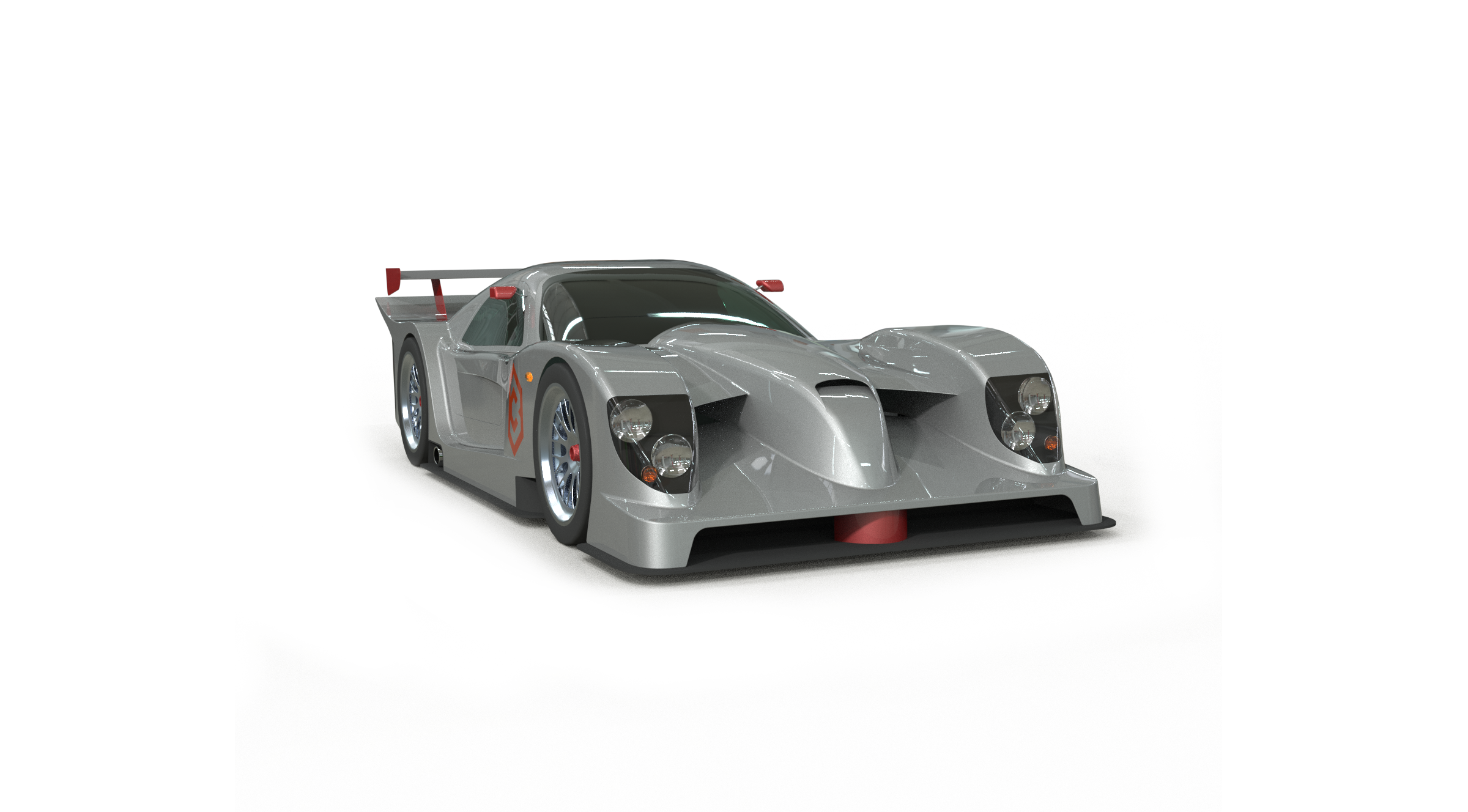
KURZUSOK
CAD modellezés

Rólam
Piros Attila vagyok, gépészmérnökként a számítógépes tervezés alkalmazásával és oktatásával foglalkozom. Ezen a csatornán a számítógépes tervezéssel és CAD szoftverekkel kapcsolatos tapasztalataimat szeretném megosztani. Persze itt nemcsak a geometriai tervezésre gondolok, hanem a mérnöki tervezés egészére, ezért időnként más szoftverekkel is szeretnék foglalkozni (szimulációs, fotórenderelő, számításokat segítő alkalmazásokkal is). Mivel szabadidőmben szívesen foglalkozom régi számítástechnikai eszközökkel (a Magyar Műszaki és Közlekedési Múzeum önkéntes restaurátora is vagyok) ezért időnként némi retró témát is szeretnék szerepeltetni a videók között 😉
Ötleted, javaslatod lenne? Küldd el! Részletekért látogasd meg az Ötletláda oldalamat!
A Mérnökök a tudományban, tudomány a mérnökségben projekt a Nemzeti Kutatási, Fejlesztési és Innovációs Hivatal által a Nemzeti Kutatási, Fejlesztési és Innovációs Alapból meghirdetett Tudományos Mecenatúra pályázat támogatásával valósul meg.
